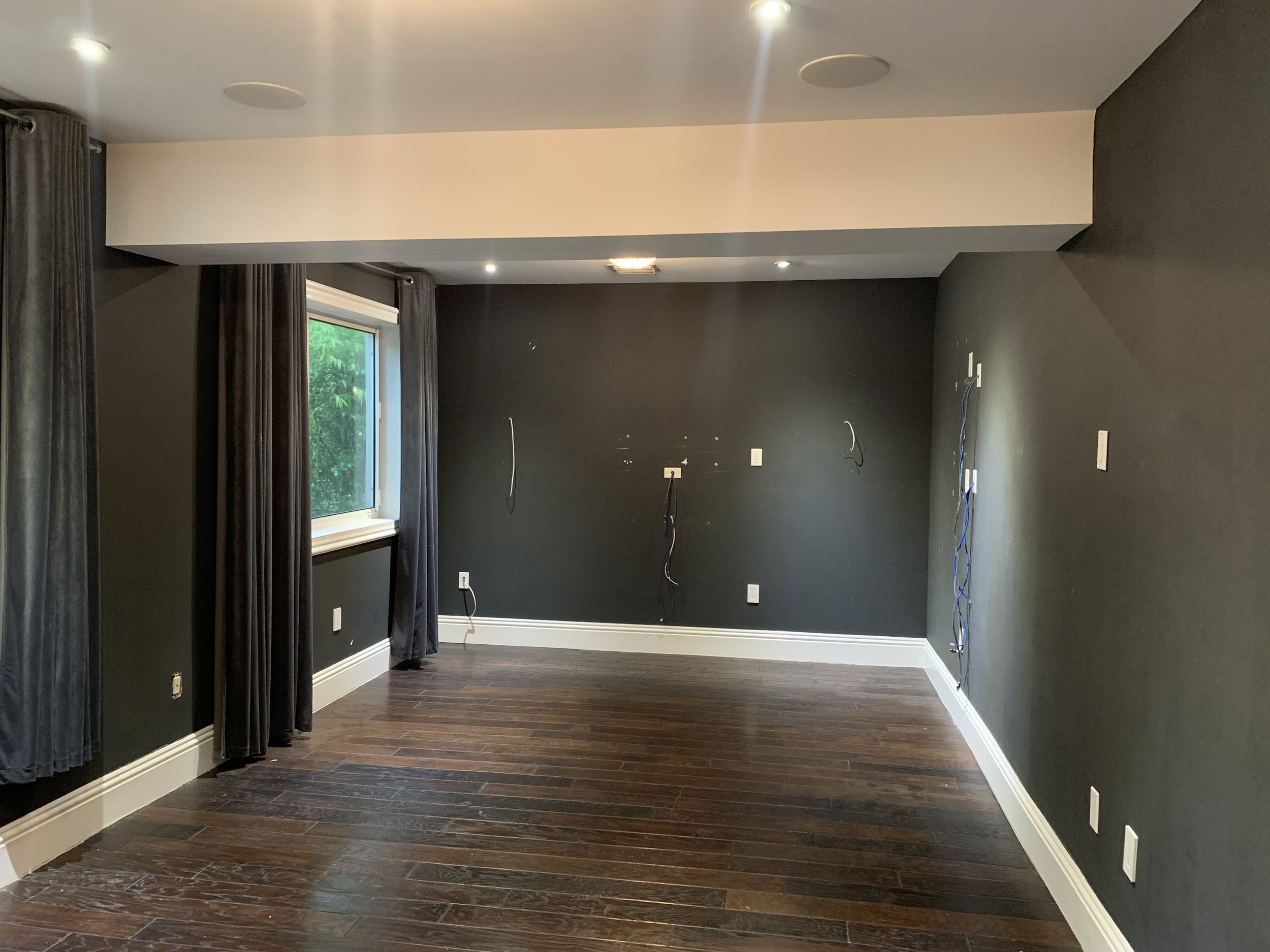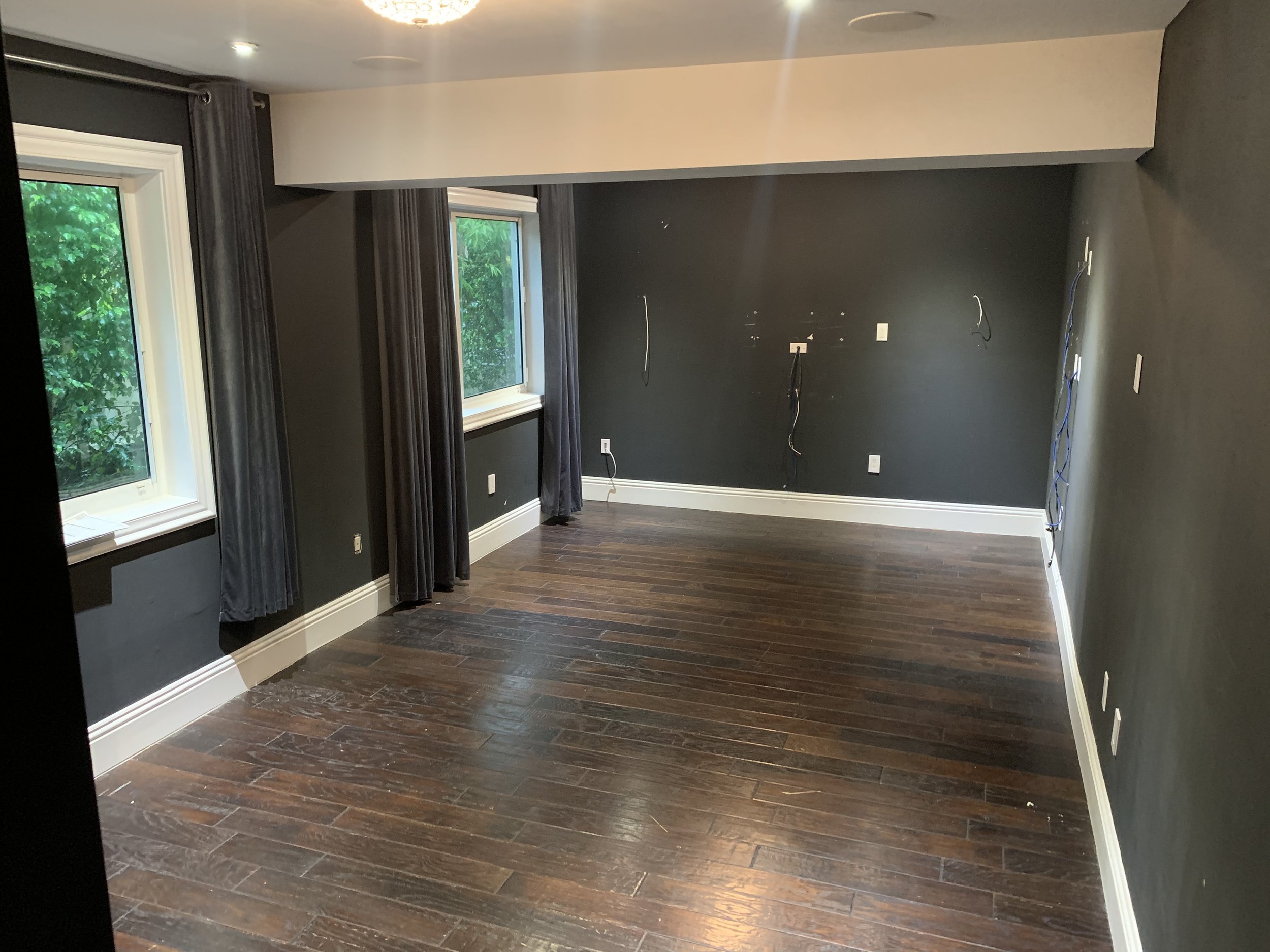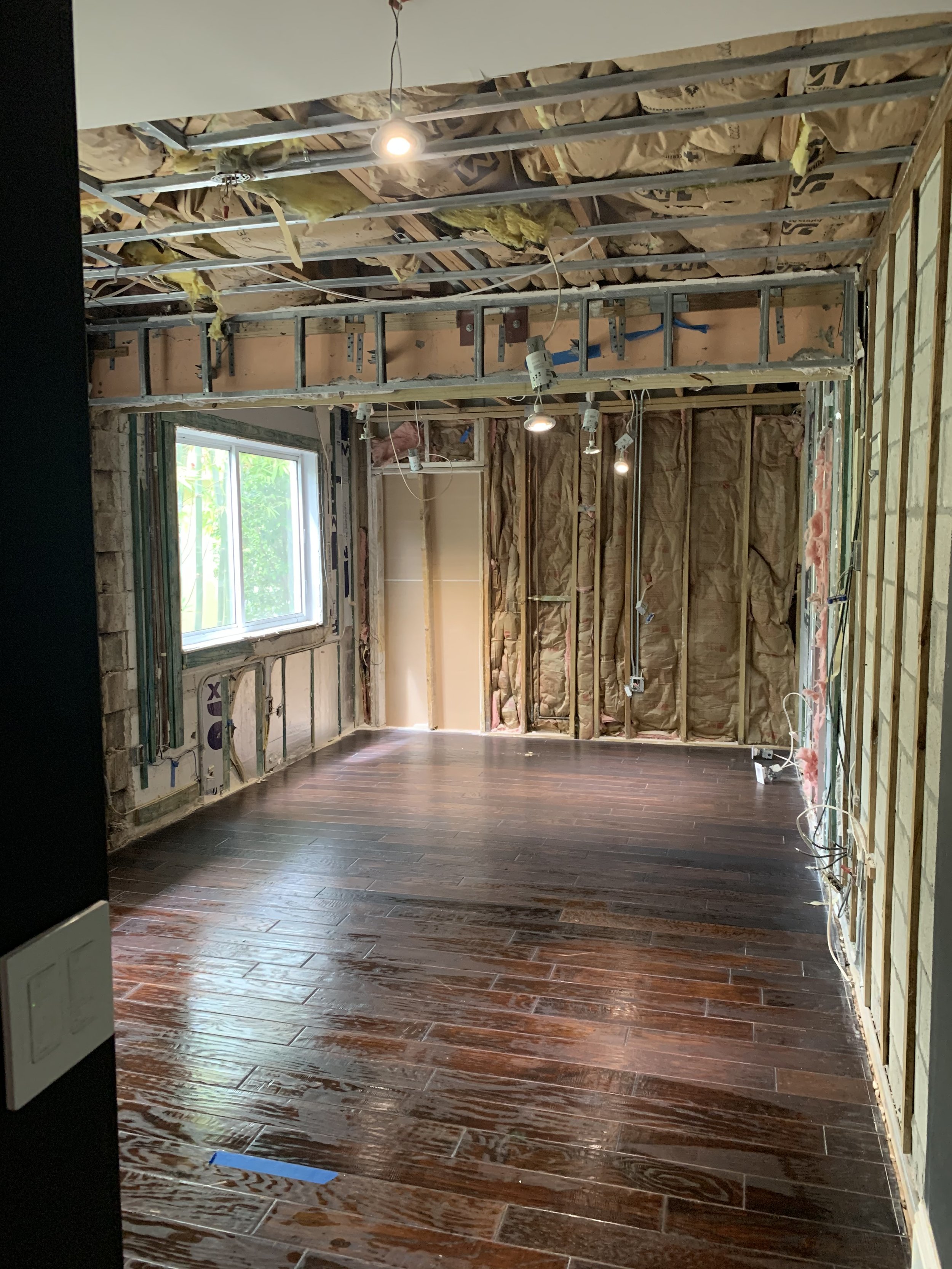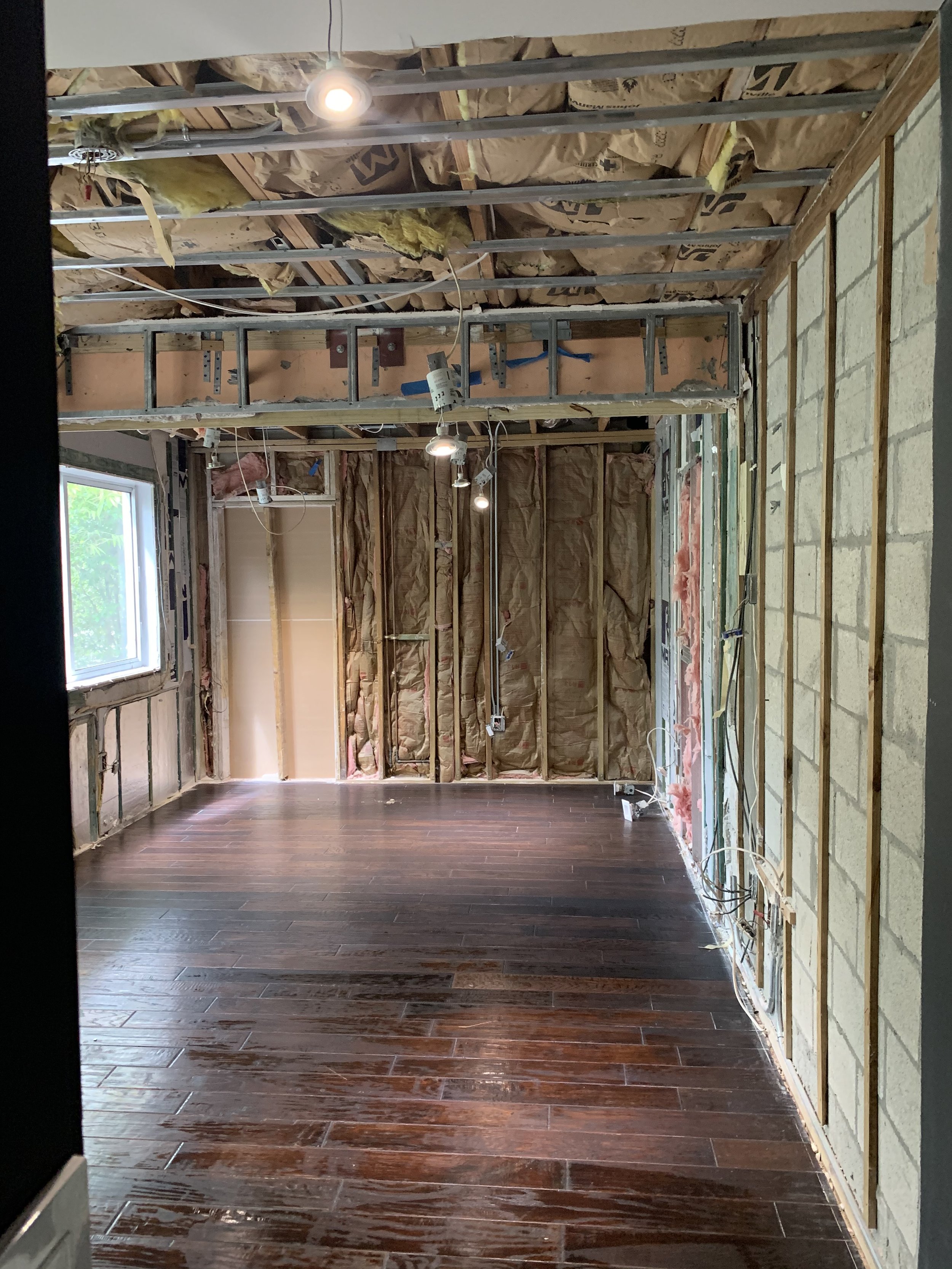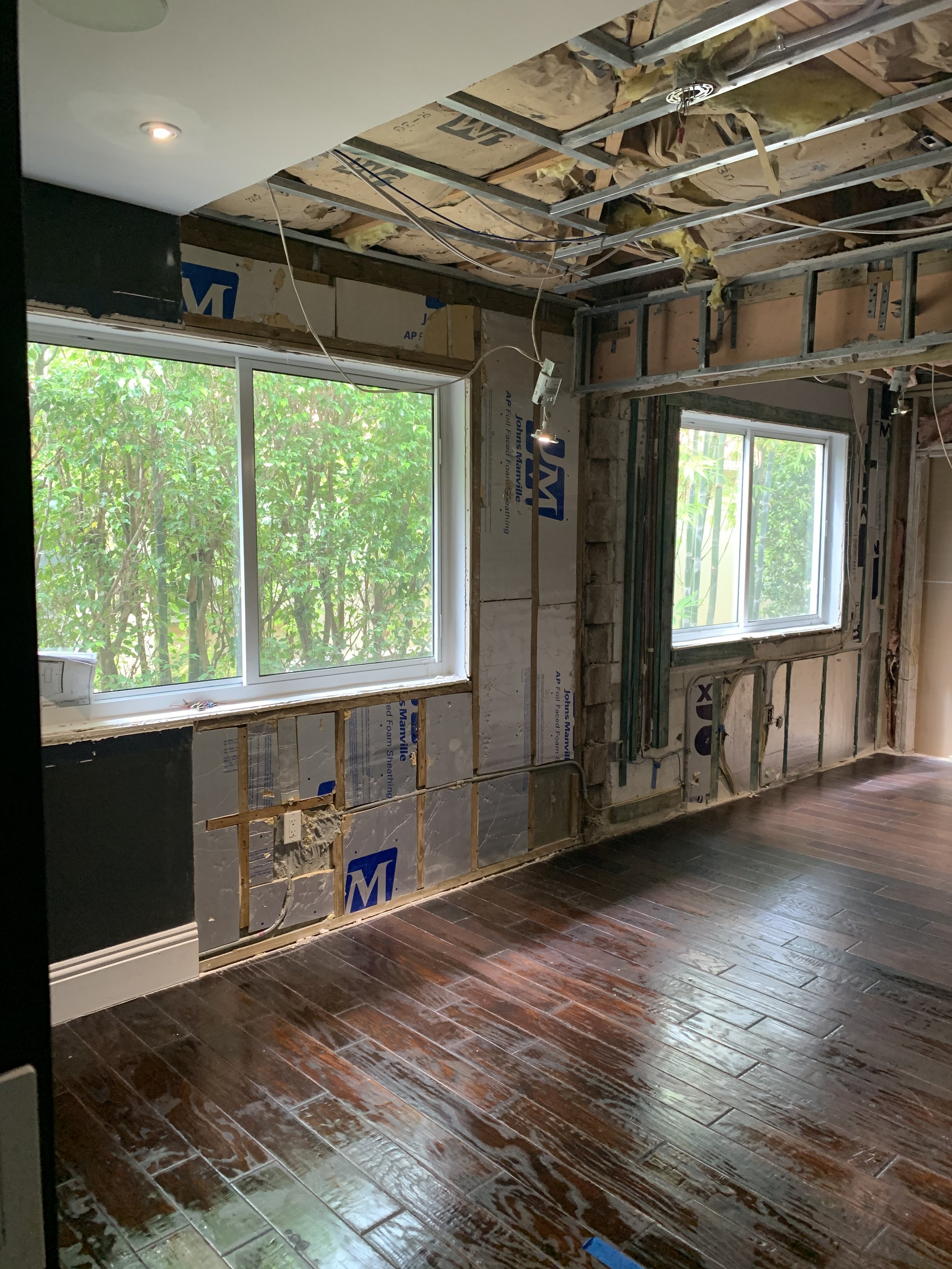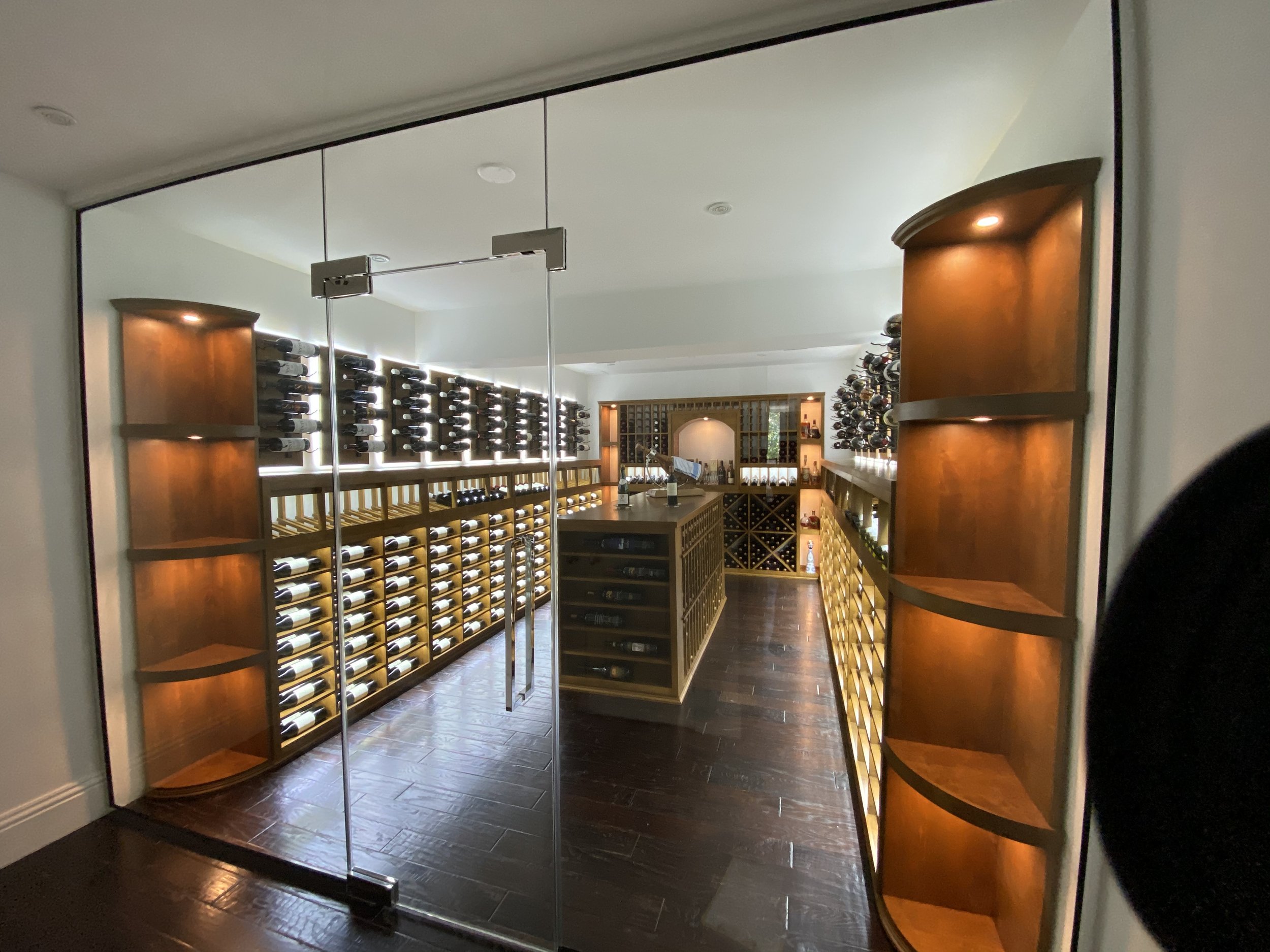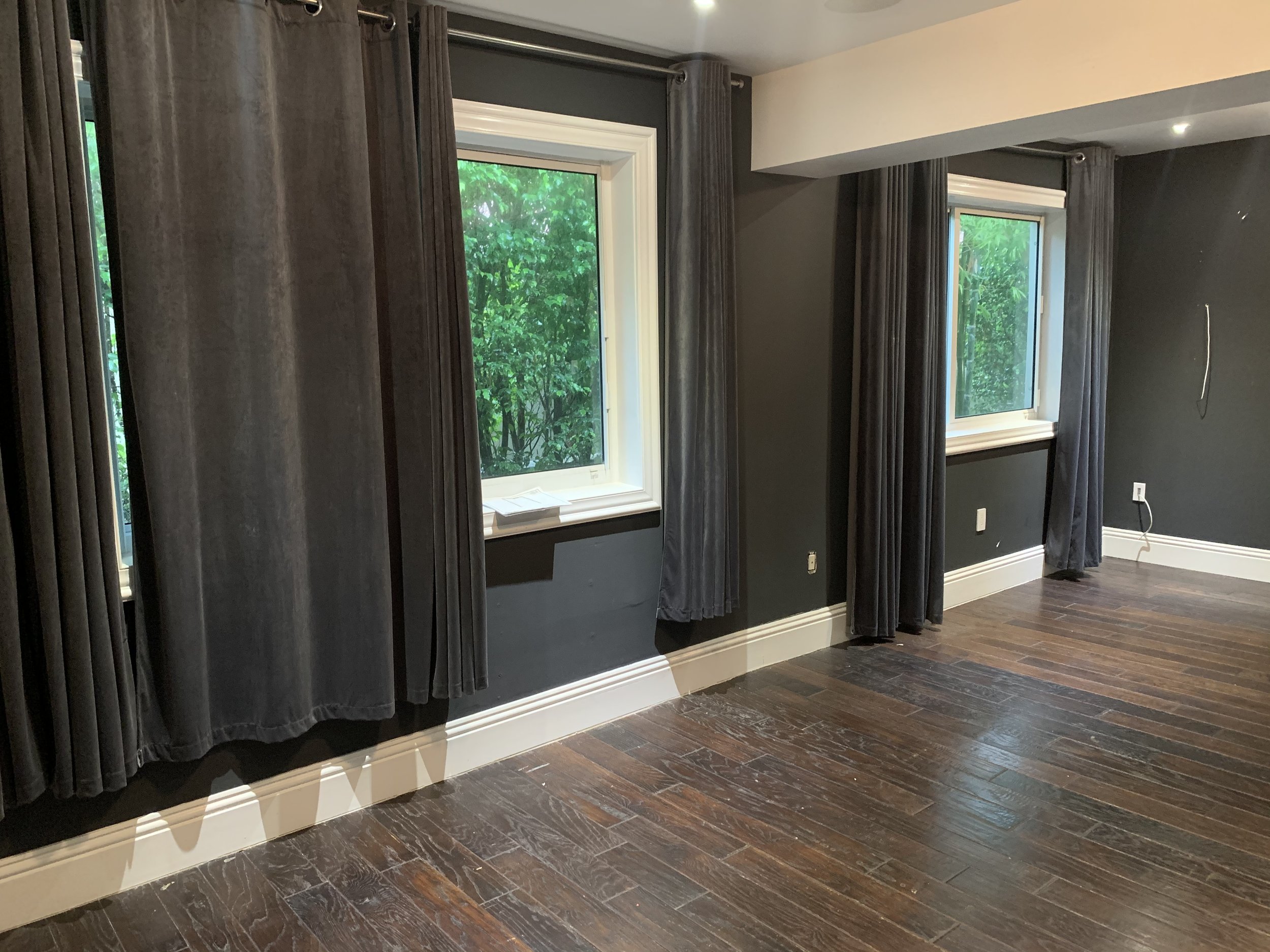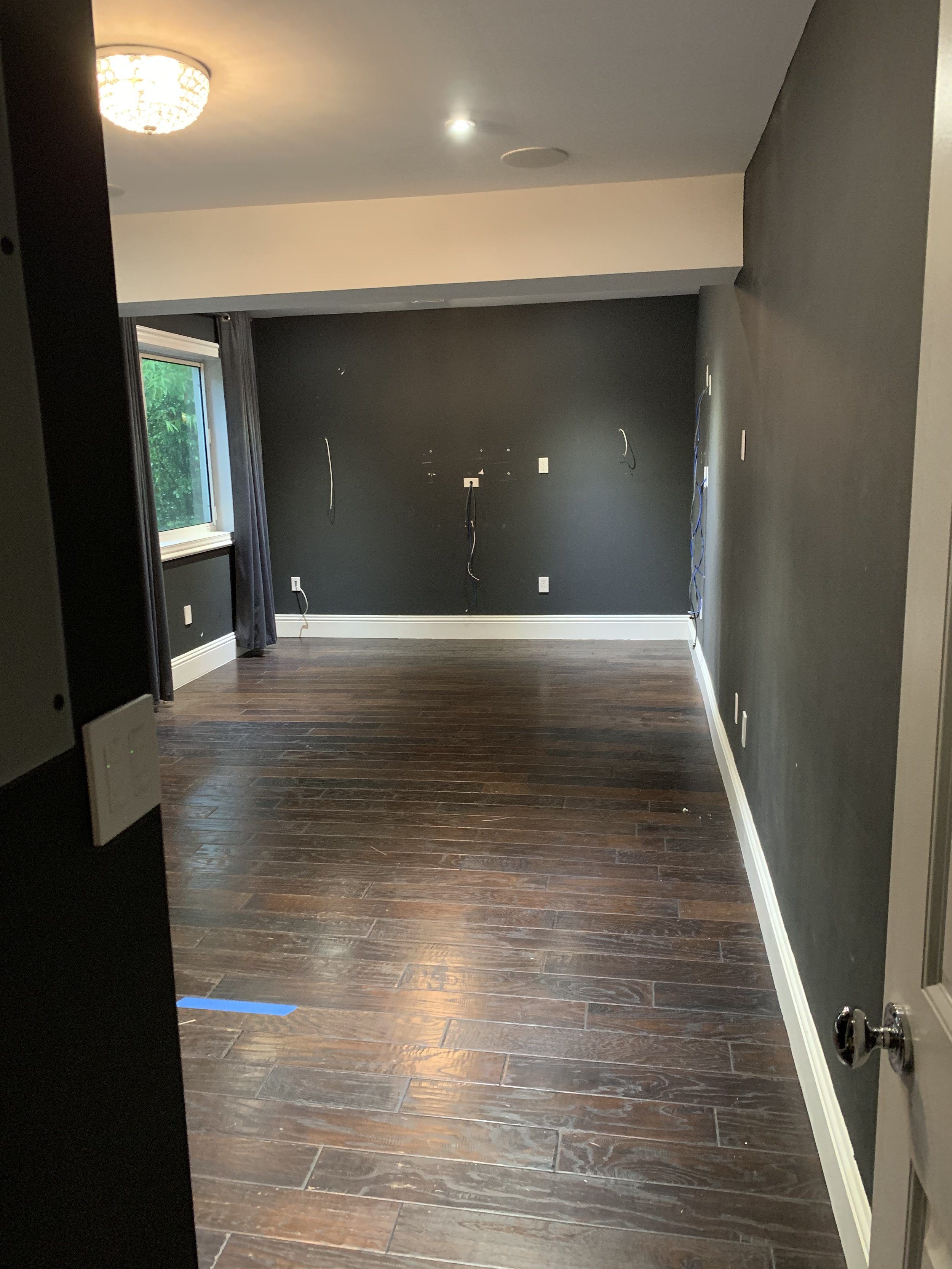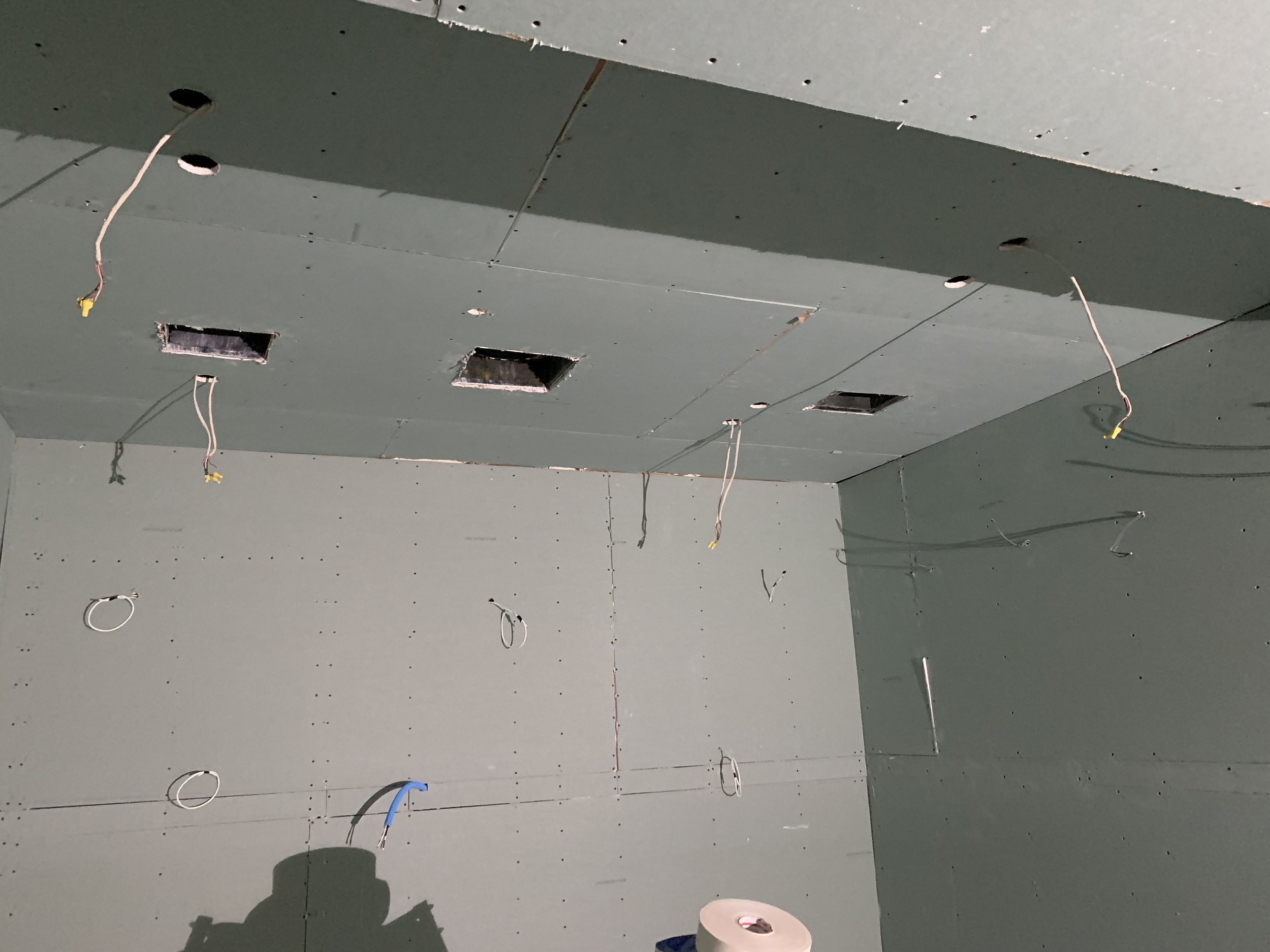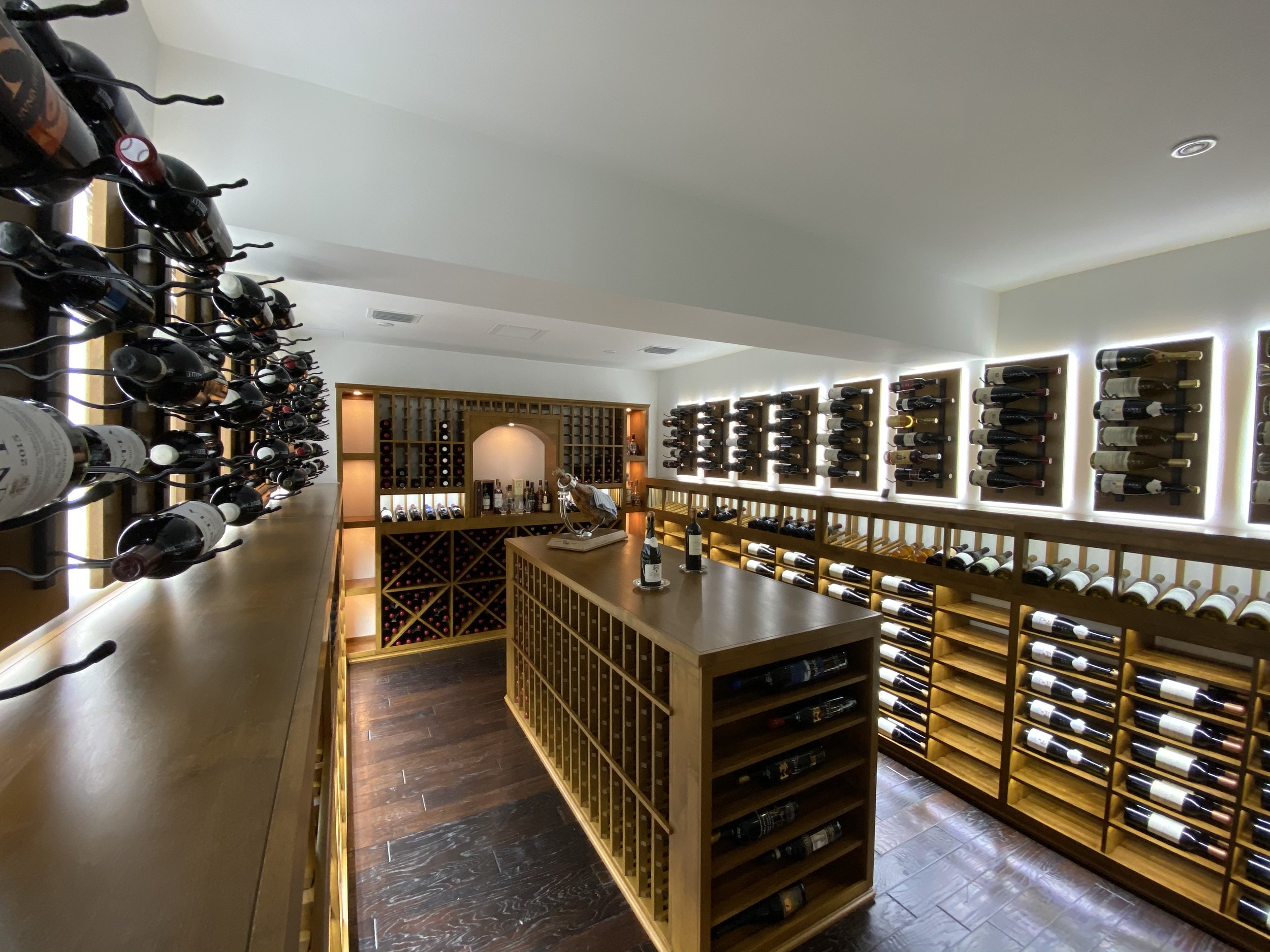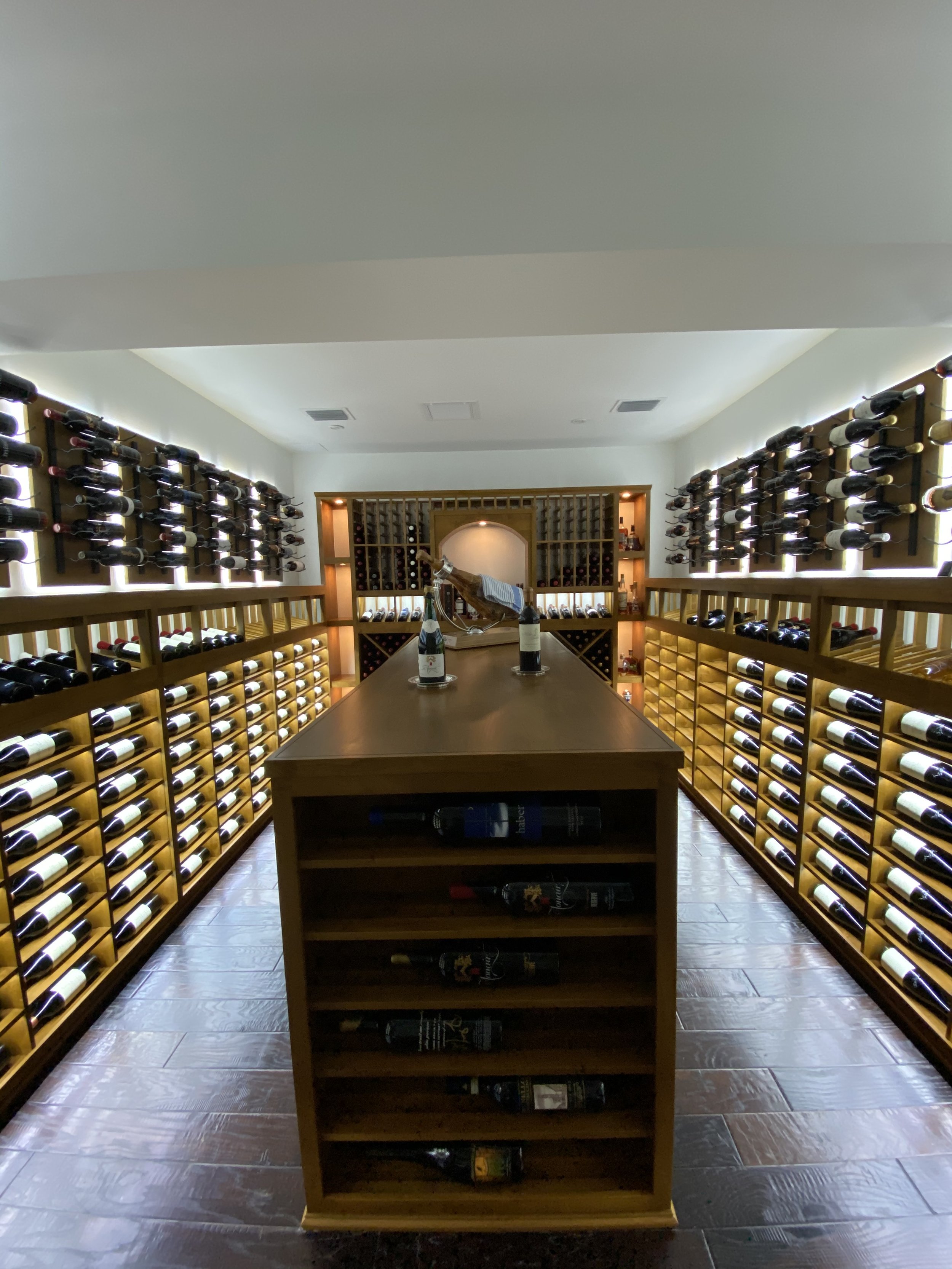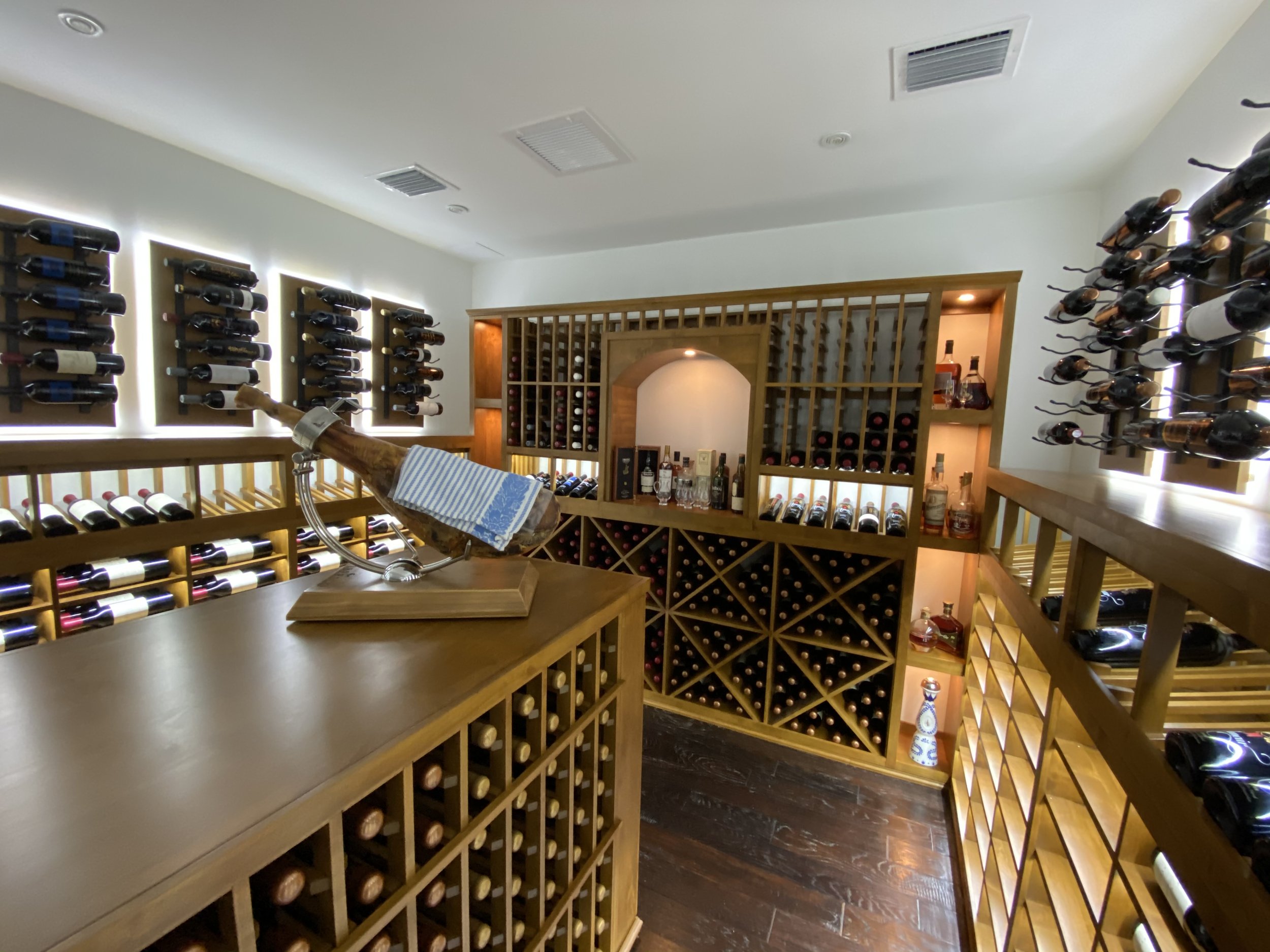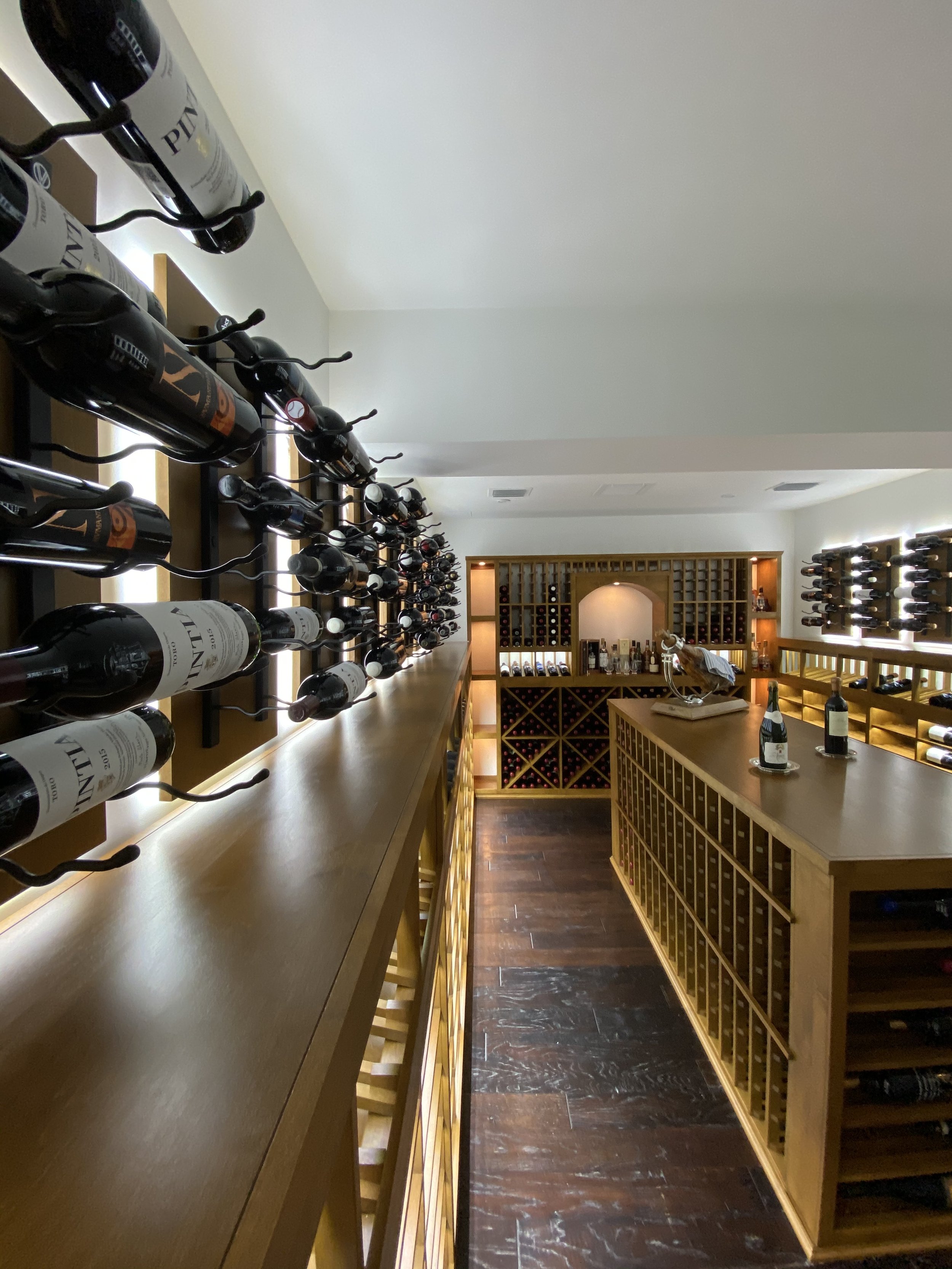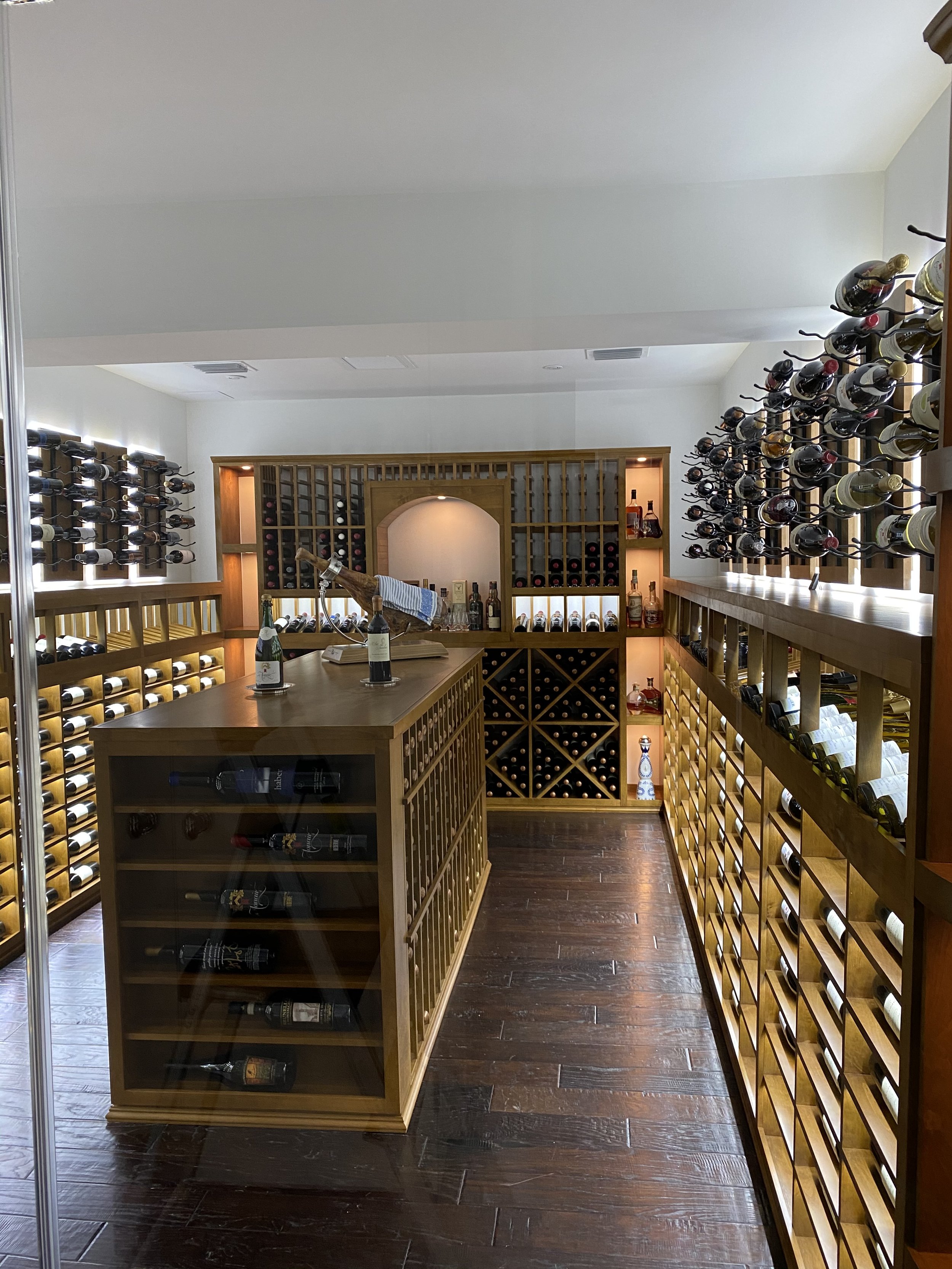The Battle Against Mold: Keeping Your Wine Cellar Pristine and Your Vintages Exquisite
/Step into a wine cellar, and you're enveloped in a world of sensory delight; the cool air, the scent of aged wood and, of course, the heady aroma of fine wines. These are spaces of darkened ambiance, places of tranquil respite where prized vintages age gracefully. However, wine cellars, the very conditions that make them perfect for preserving your favorite Cabernet or Merlot, can also create the perfect breeding ground for an unwelcome guest: mold.
Mold in wine cellars is a widespread issue due to the very nature of these spaces. Cellars, being dark and typically humid, provide just the right environment for molds to thrive. As a wine connoisseur, the last thing you want is mold compromising your precious collection or damaging the structural integrity of your cellar.
But fear not! Understanding the causes of mold in wine cellars and implementing preventative measures can help ensure your cellar remains a sanctuary for your wines, rather than a harbor for mold spores. Join us as we explore the causes, impacts, and solutions to mold in your wine cellar, helping you maintain the perfect balance of conditions to let your wines age to perfection while keeping mold at bay.
Mold: An Unwanted Consequence of Ideal Wine Storage Conditions
Mold spores are everywhere. They float through the air, invisible to the naked eye, and settle wherever conditions are right for their growth. For mold, the ideal conditions mirror those of a wine cellar - dark and humid. It's this unfortunate commonality that creates the persistent problem of mold in wine cellars.
The darkness is unavoidable, as it protects the wine from harmful UV light, which can degrade and prematurely age the wine. Humidity, however, is more of a balancing act. A wine cellar requires a certain level of humidity (typically around 70%) to prevent the corks from drying out, which would allow air into the bottles and ruin the wine. However, that same humidity can also provide a favorable environment for mold growth.
Excessive mold can lead to unpleasant smells and can potentially damage wine labels and other cellar materials. In extreme cases, it can also pose health risks. It's this balancing act between maintaining the ideal conditions for your wine and mitigating the risks of mold growth that makes managing a wine cellar such an art form. In the next sections, we'll look at how to achieve this delicate equilibrium, but first, let's understand the types of mold you might encounter in a wine cellar.
Types of Mold Commonly Found in Wine Cellars
Before you can effectively prevent or combat mold, you need to understand what you're dealing with. The types of mold commonly found in wine cellars can be broadly categorized into three groups based on their potential effects on health: allergenic molds, pathogenic molds, and toxigenic molds.
Allergenic molds are those that can cause allergic reactions, such as sneezing, coughing, and other respiratory symptoms. Pathogenic molds are those that can cause infections, particularly in people with weakened immune systems. Toxigenic molds produce toxic substances that can cause severe health effects, often referred to as "toxic mold."
Here are some of the specific types of mold you might encounter in a wine cellar:
Alternaria: An allergenic mold often found in damp areas both inside and outside the house. It has a velvety texture with green-brown hairs and can cause allergic reactions such as sneezing.
Aspergillus: This mold often appears yellow in color and is also an allergen. It tends to form in areas with water damage or high humidity and can become more toxic if not found and treated in time.
Chaetomium: Often found in water-damaged drywall, it's characterized by a distinctive musty odor and a brown color. This mold often forms in rope shapes along walls and surfaces and can cause significant health problems if exposed over time.
Cladosporium: Found inside areas like wooden cabinetry and floorboards, this olive green or brown mold can cause various respiratory problems. It is a common problem in cellars due to the humidity and wooden wine racks.
Stachybotrys (black mold): This toxigenic mold thrives in damp, wet areas with high humidity levels. Dark green or black with a slimy texture, it can cause severe health problems and should be addressed immediately.
Knowing the enemy is the first step towards a successful defense. Now that we understand the types of mold that can inhabit a wine cellar, let's move on to effective strategies for mold removal and prevention.
Removing Mold From Your Wine Cellar
Once you have identified a mold problem in your wine cellar, the next step is to remove it. The methods you employ will depend on the extent of the issue and the type of mold you are dealing with, but here are some general steps you can follow:
1. Relocate your Wine: The first step is to protect your wine. Wine is delicate and can be negatively affected by mold and mold treatments, so it's best to move it out of the area while you work. If it isn't feasible to remove all the wine, ensure it's adequately protected during the mold removal process.
2. DIY Mold Removal Solutions: For minor mold issues, you can use a solution of hydrogen peroxide or vinegar to clean the affected surfaces. Be sure to wear protective gear to avoid exposure to the mold, and make sure to dry the area thoroughly after cleaning. If your wine is stored in a cabinet, make sure to clean all the seals and around the doors.
3. Professional Mold Removal: If you're dealing with a large area of mold or a particularly harmful type like black mold, it's recommended to bring in a professional. Mold removal experts have the equipment and knowledge to handle mold infestations safely and thoroughly.
4. Preventing Mold Regrowth: Once you've successfully removed the mold, you need to ensure it doesn't come back. This often means making changes to the environment in your cellar to inhibit mold growth. This might involve improving ventilation, installing a dehumidifier, or sealing leaks that might be letting in moisture.
Remember, the best strategy is to prevent mold from forming in the first place. The ideal wine cellar is designed to be resistant to mold, with optimal humidity and temperature levels and sufficient ventilation. A good wine cellar builder can help you design and maintain a cellar that preserves your wine without encouraging mold. In the next section, we'll discuss how an air conditioner or cooling system can help you achieve this balance.
The Role of Air Conditioning and Cooling Systems in Preventing Mold
A key part of any mold prevention strategy in wine cellars is temperature and humidity control. Too high humidity or temperature can create the perfect conditions for mold to thrive. That's where air conditioning and cooling systems come into play.
1. Maintaining Optimal Temperature: The ideal temperature for wine storage is around 55 degrees Fahrenheit (13 degrees Celsius). At this temperature, your wine will age properly, and mold will find it harder to grow. An air conditioning or cooling system can help maintain this temperature consistently, no matter the weather outside.
2. Controlling Humidity: Alongside temperature, humidity is another crucial factor in preventing mold. The recommended humidity level for a wine cellar is between 60-70%. This level keeps the corks in your wine bottles from drying out while discouraging mold growth. An air conditioner or dehumidifier can help you maintain this ideal humidity.
3. Ensuring Proper Ventilation: Good ventilation is essential in preventing mold in wine cellars. Airflow helps keep humidity levels in check and prevents stale, mold-friendly air from accumulating. Some cooling systems come with built-in ventilation features, while in other cases, you may need to install a separate ventilation system.
Remember, each wine cellar is unique, and what works for one may not work for another. It's crucial to consider your cellar's size, location, and design when choosing a cooling system. With the correct system in place and properly maintained, you can enjoy your wine cellar without the worry of mold intrusion. It's always advisable to consult with a wine cellar professional to ensure you're making the best choices for your specific needs.
Now, let's round up what we've discussed and leave you with some key points to remember in your fight against mold in your wine cellar.
Summary and Takeaway Points: Protecting Your Wine Cellar from Mold
The battle against mold in your wine cellar might seem daunting, but with the right knowledge and tools, you can keep your wines safe and your cellar pristine. Let's recap what we've learned:
Understanding Mold: Mold thrives in dark, humid environments, making wine cellars a potential target. Knowing this helps us create strategies to protect our cellars.
Recognizing Different Types of Mold: From allergenic molds such as Alternaria and Aspergillus to the toxigenic black mold, different types can present varying degrees of risk to your health and your wines. Early identification can help tackle mold growth effectively.
The Necessity of Regular Inspection: Periodic checks of your cellar's foundation and walls for water damage or seepage are essential. Catching these issues early can help prevent a full-blown mold problem.
The Balance of Humidity: While some humidity is necessary to keep corks from drying out, too much can encourage mold. Striking the right balance is key.
Importance of Temperature and Ventilation Control: Using cooling systems and ensuring proper ventilation can significantly reduce mold risk by maintaining ideal temperature and humidity levels.
Professional Consultation: Consulting with a wine cellar builder or a mold remediation professional can provide valuable insights tailored to your specific cellar's needs.
Remember, a bit of preventive care can go a long way in maintaining the integrity of your wine cellar. Don't let mold mar your enjoyment of your precious wine collection. With these guidelines in mind, you'll be well-equipped to keep your wine cellar in optimal condition for years to come.
As a final note, if you're still facing mold issues or have any other concerns about your wine cellar, please don't hesitate to reach out to us for professional advice. We're here to help you maintain the perfect environment for your wines. Here's to mold-free, happy drinking!



